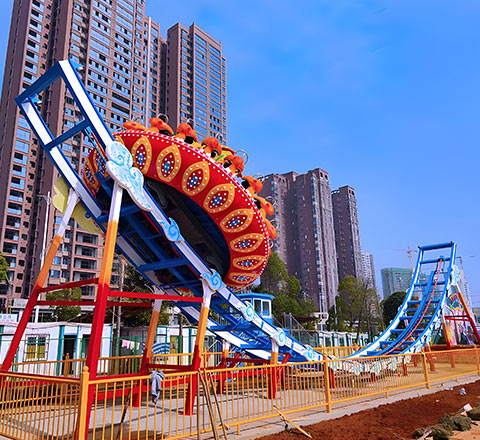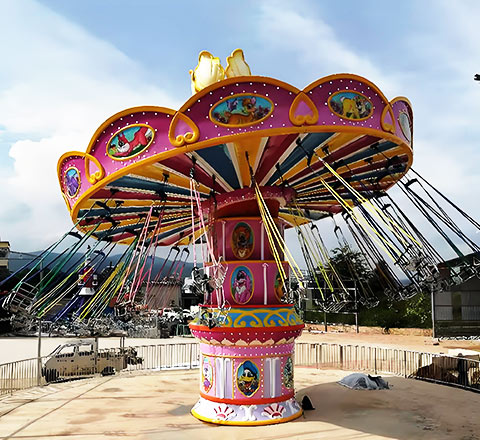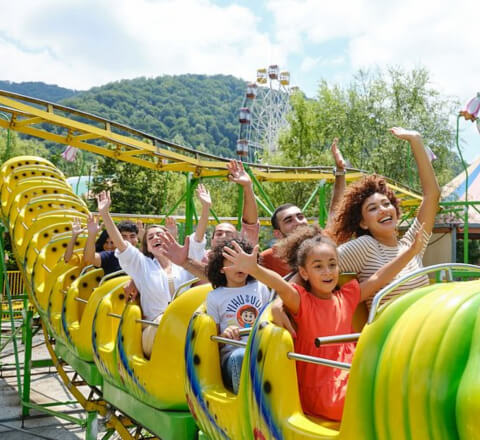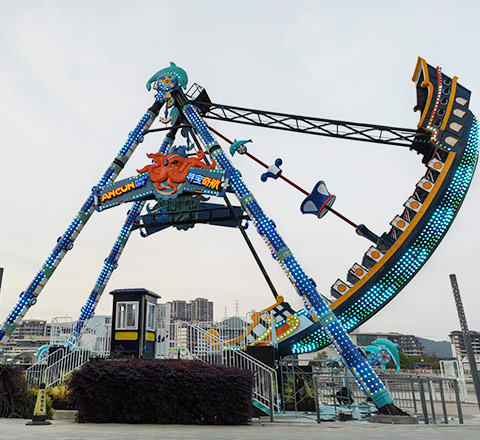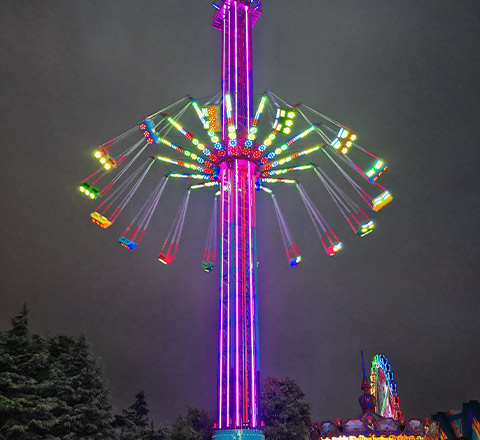If you’re planning to invest in a family roller coaster for your amusement park or entertainment centre, it’s crucial to have all the facts before making a decision. This FAQ guide covers essential topics such as safety standards, costs, operational considerations, and more. Whether you’re an amusement park operator, an investor, or simply a curious visitor, this guide will answer your most pressing questions.

1. What is a “family roller coaster”?
A family roller coaster (also known as a family coaster or family-friendly roller coaster ride) is designed to be enjoyed by riders of all ages. Unlike kiddie roller coasters or small roller coasters, family roller coasters offer a moderate level of thrill without the intensity of extreme rides. These coasters often feature mild drops, turns, and gentle inversions. The height and speed are designed to be fun and exciting, yet not overwhelming, making them perfect for families to enjoy together.
Family roller coasters are popular in theme parks, aiming to provide a wide range of experiences for all age groups. With heights typically under 100 feet and speeds around 30-50 mph, family coasters are the ideal choice for families looking for shared fun.
Experience Description:
- Target Audience: Families (children and adults)
- Speed: Moderate (e.g., 30-50 mph)
- Height: Under 100 feet
- Ride Experience: Fun for all ages, mild thrills
For those looking to purchase or explore more about family roller coasters, you can check out our family roller coaster for sale page to find the best options for your park.
2. What is the difference between a family roller coaster, a kiddie roller coaster, and a thrill roller coaster?
While kiddie coasters are gentle and ideal for young children, family roller coasters provide a fun ride that can be enjoyed by people of all ages. On the other hand, thrill coasters are built for those seeking extreme speed, height, and intensity. Let’s dive into the key differences between these three coaster types to help you determine which one is best for your park or next adventure.
| Type | Target Audience | Typical Speed/Height | Experience Description |
| Kiddie Roller Coaster | Young children (2-8 years) | Very low; small drops | Gentle ride with minimal thrills |
| Family Roller Coaster | Families (children+adults) | Moderate (e.g., 30-50 mph) | Fun for all ages with mild thrills |
| Teens/thrill-seekers | Teens / thrill-seekers | High speed, tall drops, loops | Intense, high-speed experience |
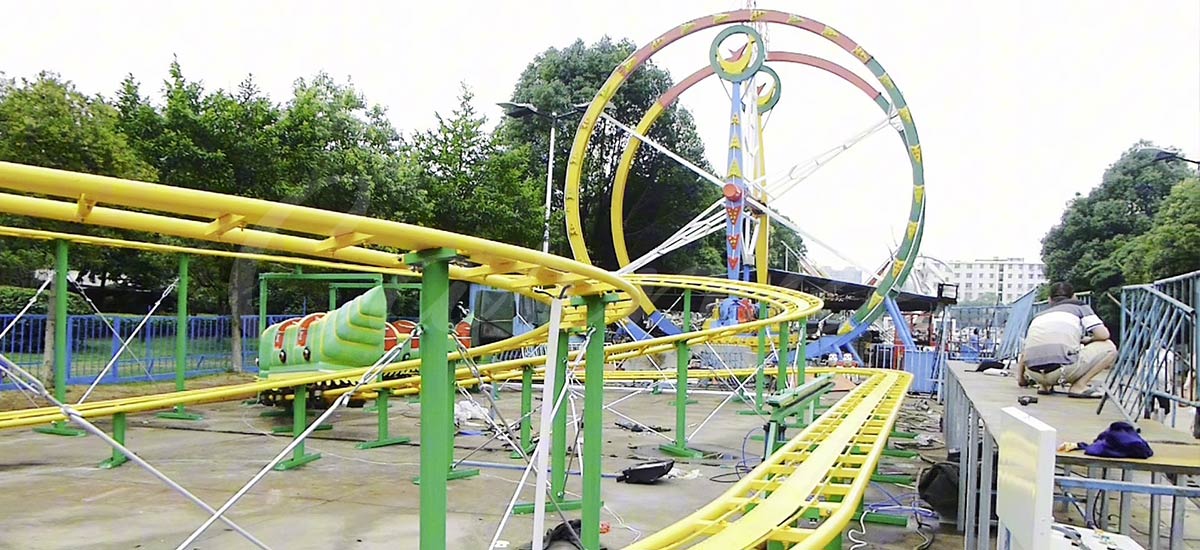
3. What are common questions before investing in a family roller coaster?
Investors and park planners typically ask the following:
- What is the specification for a family roller coaster?
- How much does a family roller coaster cost to build?
- What area or footprint does a family coaster require?
- Which manufacturer is best for family roller coasters?
- What are the operating and maintenance costs of a family coaster?
- How safe are family roller coasters for children?
- What are the best family roller coaster layouts?
- How to choose the best family roller coaster for your theme park?
These questions highlight both informational and transactional intents, indicating that the user is seeking both guidance and a potential investment.
4. What are the typical height, speed, and inversion restrictions on a family roller coaster?
Family coasters are designed with moderate specifications:
- Height: Typically ranges from 20 to 50 meters.
- Speed: Speeds are generally under 50 mph (approximately 80 km/h), much lower than thrill rides.
- Inversions: Most family coasters have no inversions, or very few, ensuring a smooth ride without the intense forces found in thrill coasters.
This ensures that family members of all ages can enjoy the ride together.
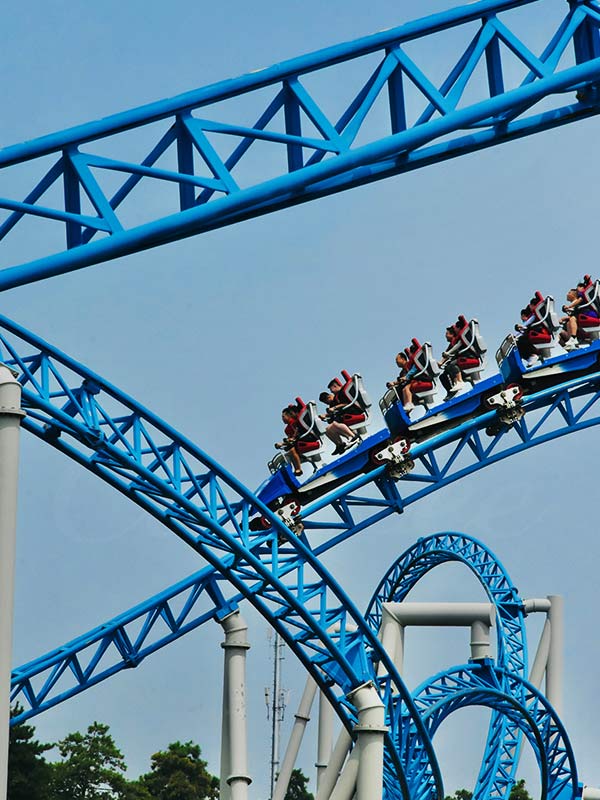
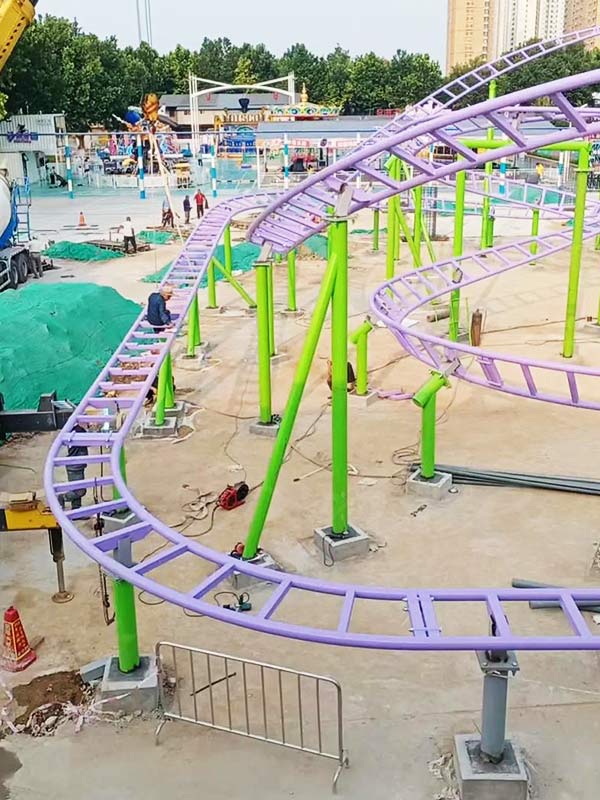
5. How safe and age-appropriate are family roller coasters for children and parents?
Family roller coasters are engineered for safety and comfort:
- Restraints: Features such as lap bars and over-the-shoulder restraints ensure that both children and adults can ride safely.
- Height limits: These coasters have accessible height and age restrictions, typically starting from 36-42 inches (approximately 91-107 cm).
- Ride dynamics: The ride experience is designed to accommodate younger riders, with no excessive G-forces or extreme drops, making it suitable for families.
6. Which amusement parks feature standout family roller coasters?
Many major theme parks now feature dedicated family coasters. For example:
- Bellewaerde: Home to Wakala, a steel family coaster with no inversions designed for all ages.
- Disneyland: With family coasters like Big Thunder Mountain and Space Mountain, Disney parks provide family-friendly excitement that appeals to a wide range of ages.
- LEGOLAND: Known for gentle, fun family coasters that are perfect for younger children.
7. What design features and manufacturers produce family roller coasters?
Top manufacturers like Gerstlauer, Zamperla, and Carnee Rides are known for producing family-friendly roller coaster rides. These designs typically feature:
- Gentle lift-hills or launches.
- Mild layouts with helices, banking turns, and small drops.
- Customizable footprints for both indoor and outdoor settings.

8. Why are family roller coasters becoming more popular in theme parks?
As theme parks shift toward inclusivity and providing experiences that multiple generations can enjoy together, family coasters are on the rise. Industry trends indicate that visitors are looking for attractions that families can enjoy together, fostering shared experiences across age groups. Family coasters are now seen as a key part of a park’s family-oriented offerings.
(If you want to learn more about classic amusement rides, see: Top 10 Most Popular Amusement Park Rides )
9. What should riders expect on a family roller coaster ride?
Expect a fun, moderate thrill:
- Smooth launches or gentle lift-hill starts.
- Moderate drops and turns with no extreme inversions.
- Mild speed: designed to provide excitement for children and adults, not scream-inducing thrills.
Family roller coasters prioritise enjoyment and shared fun, making them ideal for a wide range of ages.
10. How to select or evaluate a family roller coaster for a park or private venue?
When selecting a family-friendly roller coaster for installation, consider:
- Minimum rider height and age suitability.
- Ride capacity and throughput to accommodate family-sized groups.
- Manufacturer specifications, such as drawings,layout, power requirements, and maintenance needs.
- How it fits into your park’s overall theme and complements other attractions.
11. How much does a family roller coaster cost?
The price of a family roller coaster varies based on factors like size, features, and customisation:
- Smaller family roller coasters: $100,000 to $500,000.
- Mid-sized family roller coaster rides: $500,000 to $1-2 million.
- Larger family roller coasters (with themed elements or special features): Over $2 million.
The cost differences arise from factors like materials (steel vs. wood), track length, theming, installation, and civil works.
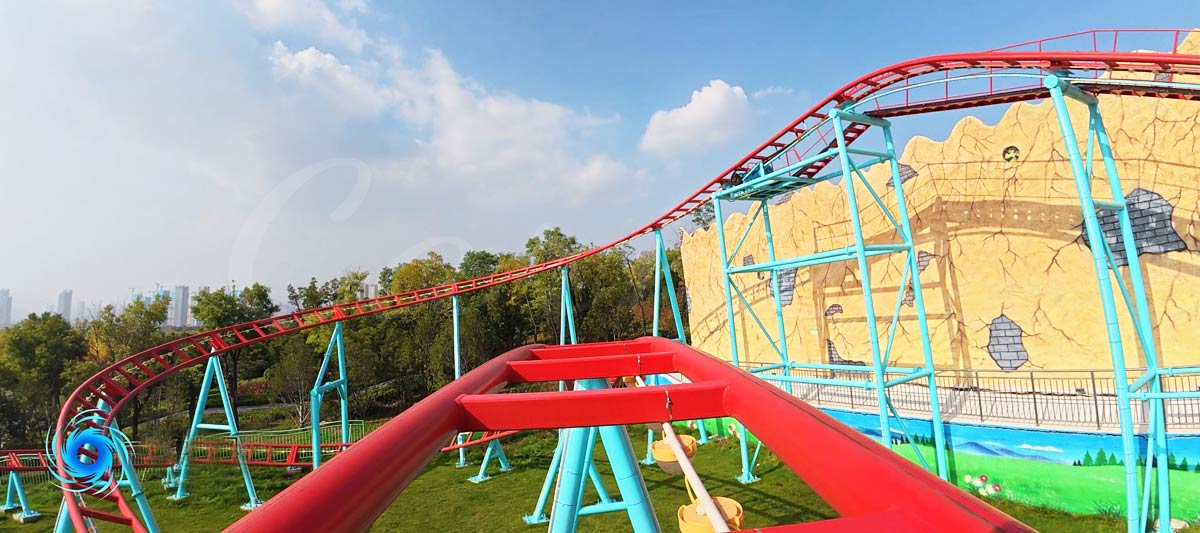
12. What area or footprint is needed for a family roller coaster amusement ride?
The space required depends on the layout and design of the coaster:
- Track length: Usually ranges from 200 to 400 meters.
- Required footprint: A family coaster typically requires between 1,500–5,000 m², depending on layout and park integration.
- Additional space: Station areas, queueing, egress space, and maintenance access are also important considerations.
13. What are the safety and certification requirements for a family roller coaster ride?
Safety is paramount:
- International standards: Family roller coasters must meet safety certifications such as EN 13814 (Europe) and other local regulations.
- Braking and restraint systems: Includes features like anti-collision systems, reliable brakes, and comfortable restraints.
- Regular maintenance: Proactive inspections, preventive maintenance, and staff training are key components of ride safety.
14. Why is a family roller coaster a good investment for family-oriented parks?
Investing in a family-friendly roller coaster brings numerous benefits:
- Broad appeal: These rides attract children, parents, and groups, making them a staple for family-friendly parks.
- Increased repeat visits: Family roller coasters encourage families to visit multiple times, boosting ticket sales.
- Additional revenue: Offering merchandise, photos, and food and beverage options around the coaster increases overall revenue.
- Long-term asset: With proper maintenance, family roller coaster rides can last 15-25 years, providing sustained value and contributing to the park’s long-term success.
Conclusion
Family roller coasters strike the perfect balance between excitement and safety, making them an ideal choice for theme parks aiming to cater to families. By understanding the costs, safety features, and different types of family coasters, you can make an informed decision about adding one to your park. Whether you are looking to invest in a family roller coaster or simply want to learn more about the options available, make sure to explore all the details before making your choice.
For further insights and options, don’t forget to check our Roller Coaster FAQ Guide.

